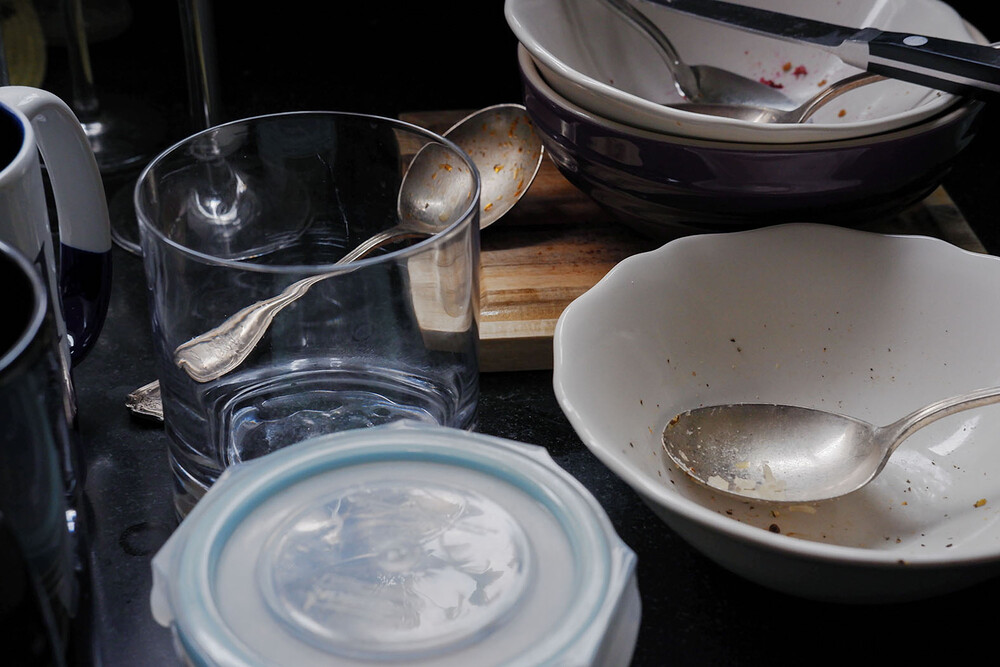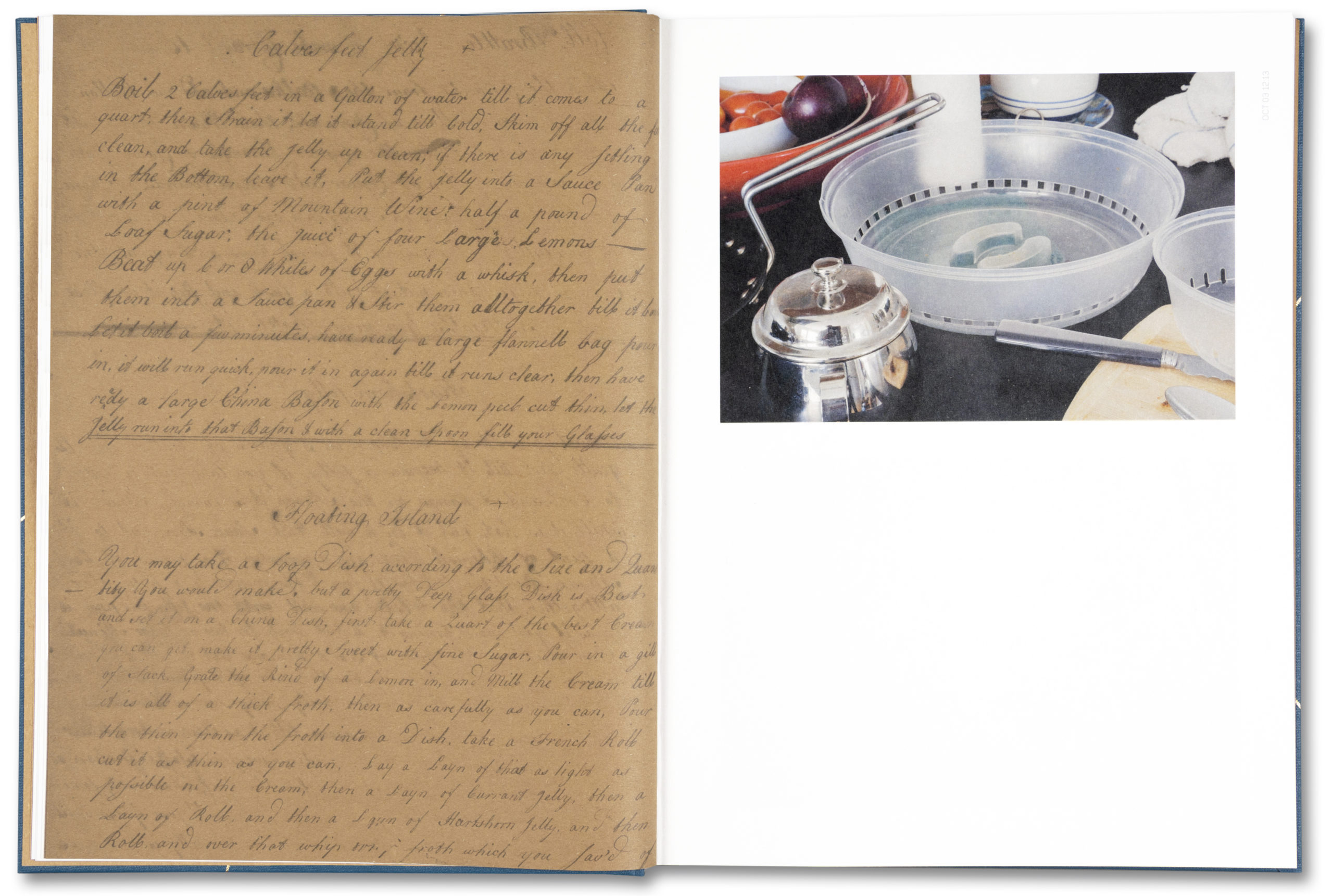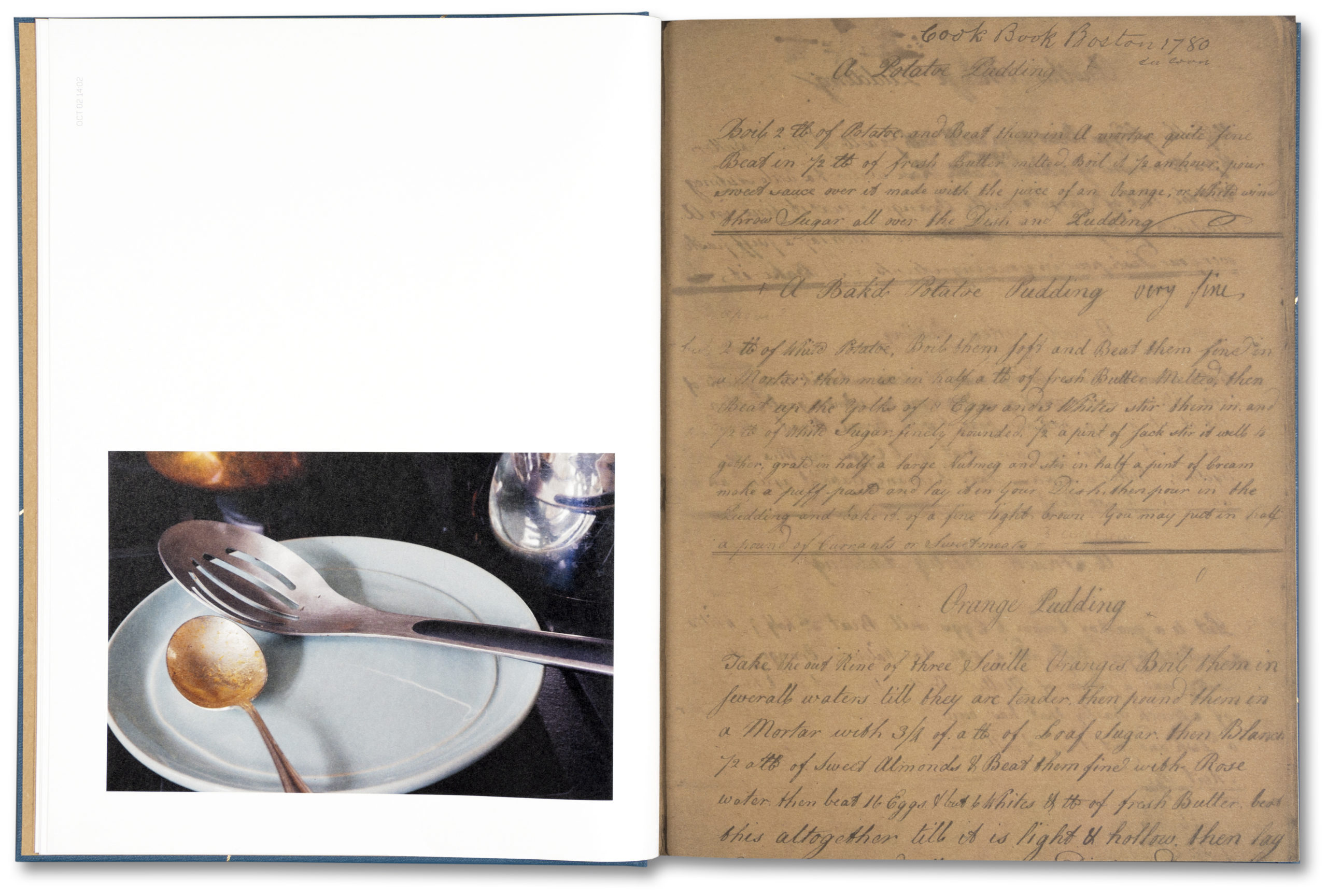 |
Golden Apple of the Sun. By Teju Cole.
|
Photographs by Teju Cole
MACK, London, UK, 2022. 136 pp., 7½x10".
The Metropolitan Museum of Art holds in its collection a nineteenth-century Dutch silver salt spoon, captioned simply: “Dutch salt spoon, 19th century." Teju Cole, however, suggests an alternative in his expansive essay in the Golden Apple of the Sun.
"Bonaire was claimed by the Dutch in 1636 (the 'Dutch Golden Age') and turned to the harvesting of salt,” he begins. Cole goes on to describe the horrific harvesting conditions, undertaken by enslaved people at the time, including a 1831 first-person testimony. Salt harvesting continues now under the American multibillion-dollar corporation Cargill — their tagline “Making salt in paradise.” Paradise here refers to Bonaire, which remains a Dutch “possession.” Cole’s essay continues to describe how the salt made by the people of the Caribbean has been, and continues to be, used to preserve cod in Europe and New England, which is in turn exported to the Caribbean to feed the people making the salt.
So, yes, a nineteenth-century Dutch salt spoon is pictured, but in that object are histories of colonialism and slavery, portraits of human suffering and the etiologies of staggering wealth. In that light, the preceding series of images made exclusively in Cole’s own kitchen lose their innocence. With each turn of the page, more questions arise: Who made these objects and ingredients? What did it take for them to get to where they are? Whose lives did they cost?
 |
For Teju Cole, everything is nested in something. This is the profound suggestion of the Golden Apple of the Sun, which meditates deeply on the ways that even the most precise and constrained — one kitchen, one fraction of a second, one chance arrangement of kitchen items — reverberate with meaning.
There’s even a formal enactment of this idea in the essay: its many different threads are presented in a single, continuous block of text. It oscillates continuously between memoir , prose poem, and academic nonfiction. The essay is addressed to a nondescript “you,” and in the book’s acknowledgments Cole thanks “the many yous.” No salt spoon is just a salt spoon.
Reflecting on the artistic tradition of the still life that he is working within, Cole writes, “In our twenty-first-century lives, ordinary as our objects are, devoid of patina as they are, mass-produced as they are, they are no less charged with the mystery of everydayness as are the vessels on Chardin’s stone plinth, for they contain our hours which are as resonant to us as Chardin’s were to him.” What, then, are our hours?
 |
 |
The photographs in the Golden Apple of the Sun are all made within the six weeks leading up to the 2020 U.S. presidential election and the coronavirus pandemic. These are the hours that the work most acutely engages with, but part of that engagement involves the reminder that to define a moment requires a selection, that the pre-election period could just as well be thought of as the entire history of the American experiment rather than just six weeks. These are the hours that the book wonders how to mourn.
“We’re being asked to do something intolerable, to witness and understand other people’s pain, and then still move on with life,” Cole said in an interview about the work. “It’s very difficult to do, and yet it has to be done.” So we find ourselves in the kitchen, stocking and depleting it, arranging and rearranging it, day after day.
Purchase Book
Read More Book Reviews
 |
 |
 Zach Stieneker holds a BA in English and Spanish from Emory University. Following graduation, he spent several months continuing his study of photography in Buenos Aires, Argentina.
Zach Stieneker holds a BA in English and Spanish from Emory University. Following graduation, he spent several months continuing his study of photography in Buenos Aires, Argentina.








